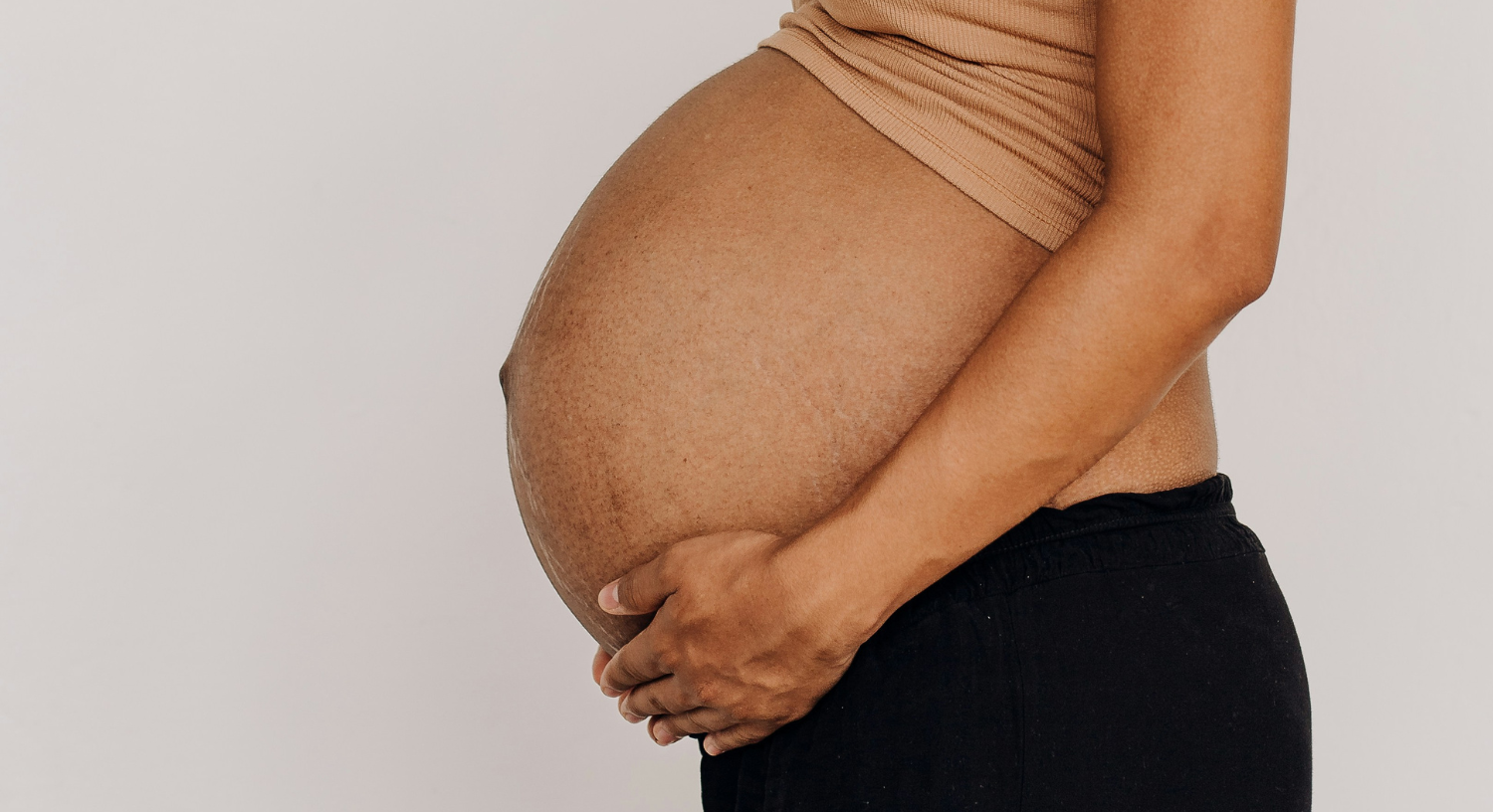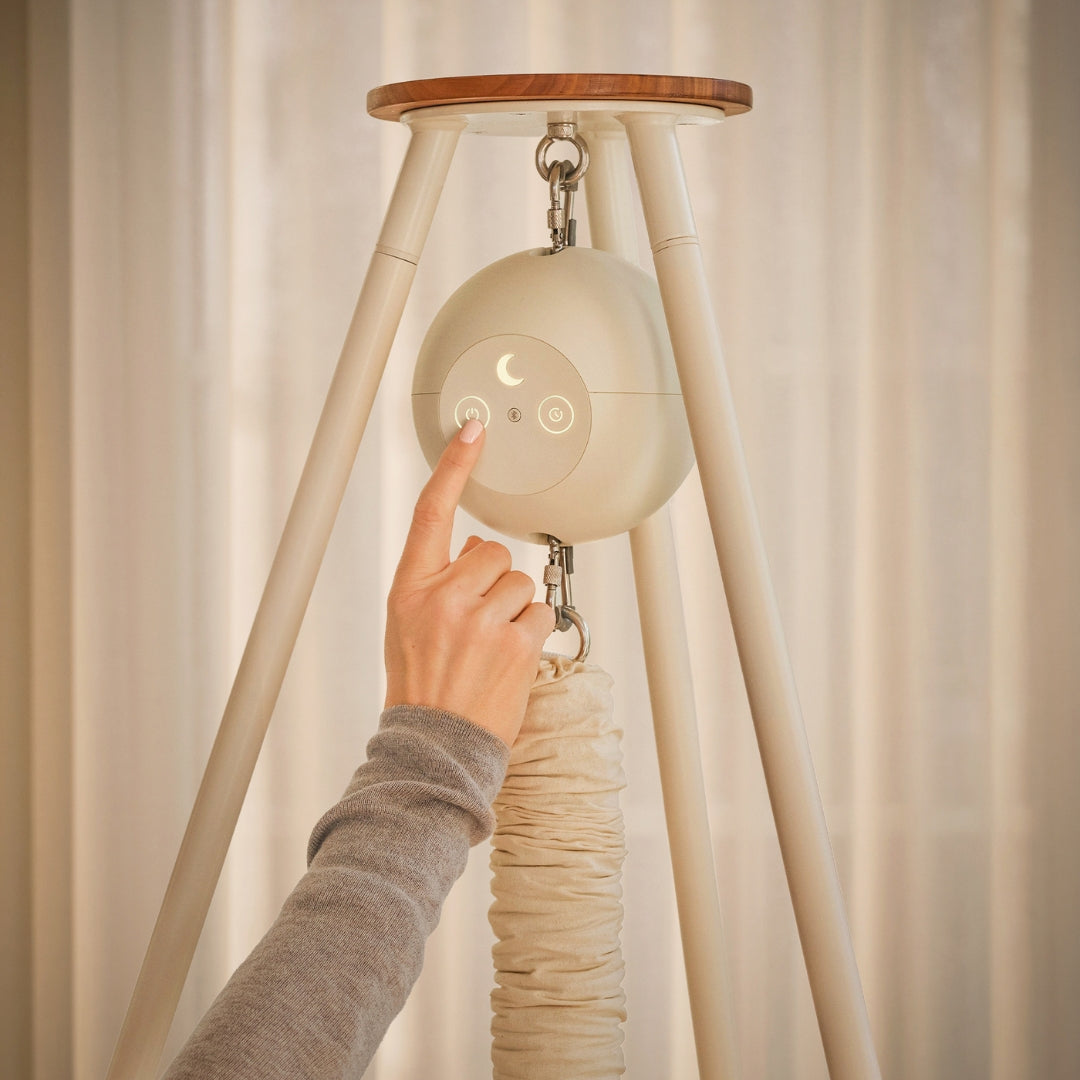


Can you feel your little one moving around in your belly?
It is wonderful to feel movement during pregnancy, but as the birth approaches, the baby needs to settle into the right position in the uterus.
In this article, we will discuss how the baby is positioned in the womb throughout the pregnancy.
As an expectant mother, you will often feel your baby moving around in your tummy. In the beginning, it is just gentle nudges, but as the baby grows and the space in your belly becomes more cramped, your little one develops a punching technique that would make even a pro boxer proud.
It is also around this time that most babies begin to move into a more stable head-down position. If the baby doesn’t stay in one position but continues to turn all the way around until labor begins, it is called a breeching position.
There are four ways a baby can be positioned in the uterus: head down (cephalic), breech (bottom down), transverse (sideways), and oblique (diagonal).
Are you enjoying every second of your pregnancy, or are you beginning to look forward to finally giving birth? You’ve probably thought a lot about how your delivery will go – but even with careful preparation, not everything is within your control.
That includes how the baby is positioned in your womb, unfortunately.
During the first and second trimester, it doesn’t matter much how your baby is lying but as the due date nears, it becomes crucial that the baby is settled in the correct position.
As mentioned previously, the best position for birth is the head-down position as this gives the greatest chance of an uncomplicated delivery.
However, don’t worry too much if your baby isn’t head-down – it is still possible to give birth vaginally when the baby is in the breech position. But, if the baby is lying diagonally or sideways, a C-section will most likely be necessary.
Can you tell which way your baby is facing? Many pregnant women actually can feel what position their baby is in and maybe you are one of them who has a sense of how your child is laying.
Toward the end of pregnancy, it is usually easier to tell how the baby is positioned. If the baby moves from head-up to head-down, you will most likely notice the difference – you'll probably feel that carrying the baby suddenly feels different.
To figure out your baby’s position, pay attention to where you feel the kicks. If you feel most of them in the upper part of your uterus, that is a sign that your baby is in a head-down position.
Your baby twists and turns throughout pregnancy, and the position will change a lot from day to day, week to week.
Before week 20, babies often lie diagonally or sideways in the womb. Around week 26, most babies will start to spend most of their time with their spine parallel to the mother's spine.
Most babies tend to settle into their final position at some point between weeks 30 and 32, so you may feel your body’s weight shift slightly when this happens. During these final weeks, most babies will naturally settle into that head-down position.
Around week 36, your midwife or doctor will start checking to see which way your baby is facing. If the head is down, you should be all set to give birth vaginally. If the head is up, however, you will probably be offered an external cephalic version (ECV) – a short procedure where the doctor or midwife will use their hands to press around the abdomen, manually guiding the baby into a head-down position.
It is uncommon for a baby to stay in the “wrong” position, but it can happen occasionally. If your baby hasn’t turned yet by the time birth is near, your midwife/doctor will offer the ECV once they confirm that the baby is not positioned correctly.
However, before getting to the point where you need to try an ECV, there are also some exercises you can try at home. While it is not guaranteed they will work, they can sometimes encourage the baby to turn on their own.
One exercise you can try is one where you get on your hands and knees with your hips raised. This creates more space for the baby to move around and may give them the space needed to turn more easily. Do the exercise for 15-20 minutes every day.
If you are not for moving around or it causes any discomfort, you can try playing music for your baby. Place a speaker or your phone near your pubic bone and play some music – sometimes the baby becomes curious and moves toward the sound. It is a good idea to do this for at least 20 minutes a day.
Is your little one determined to stay put even after trying the exercises? In cases where the baby stays in the head-up position, you will probably be offered an external cephalic version (ECV) as mentioned earlier.
While it is not a guaranteed fix 100% of the time, there is still a good chance the procedure will work. Statistics show that about half of these procedures are successful, thus it could be worth a try.
During the procedure, the doctor/midwife places their hands on your belly and gently pushes on the baby from outside the abdomen, trying to make them turn in the belly so their head faces downwards. The pressure, however, can feel often uncomfortable. If you are feeling unwell, it is important to let the doctor/midwife know so they can pause and check in with you.
If the doctor/midwife does successfully turn the baby, you will be scheduled for a follow-up appointment (usually the following week) to check that the baby has remained in the correct position. If the baby has turned back into the head-up position, the doctor/midwife may try once more to turn them into the correct position if you are up for it.
If it is not possible to turn the baby with an ECV, you will most likely be offered a C-section, though you might still be able to choose to deliver vaginally if your doctor believes it would be okay. The decision will be up to you and your medical team after discussing what is best for you and your baby.




































